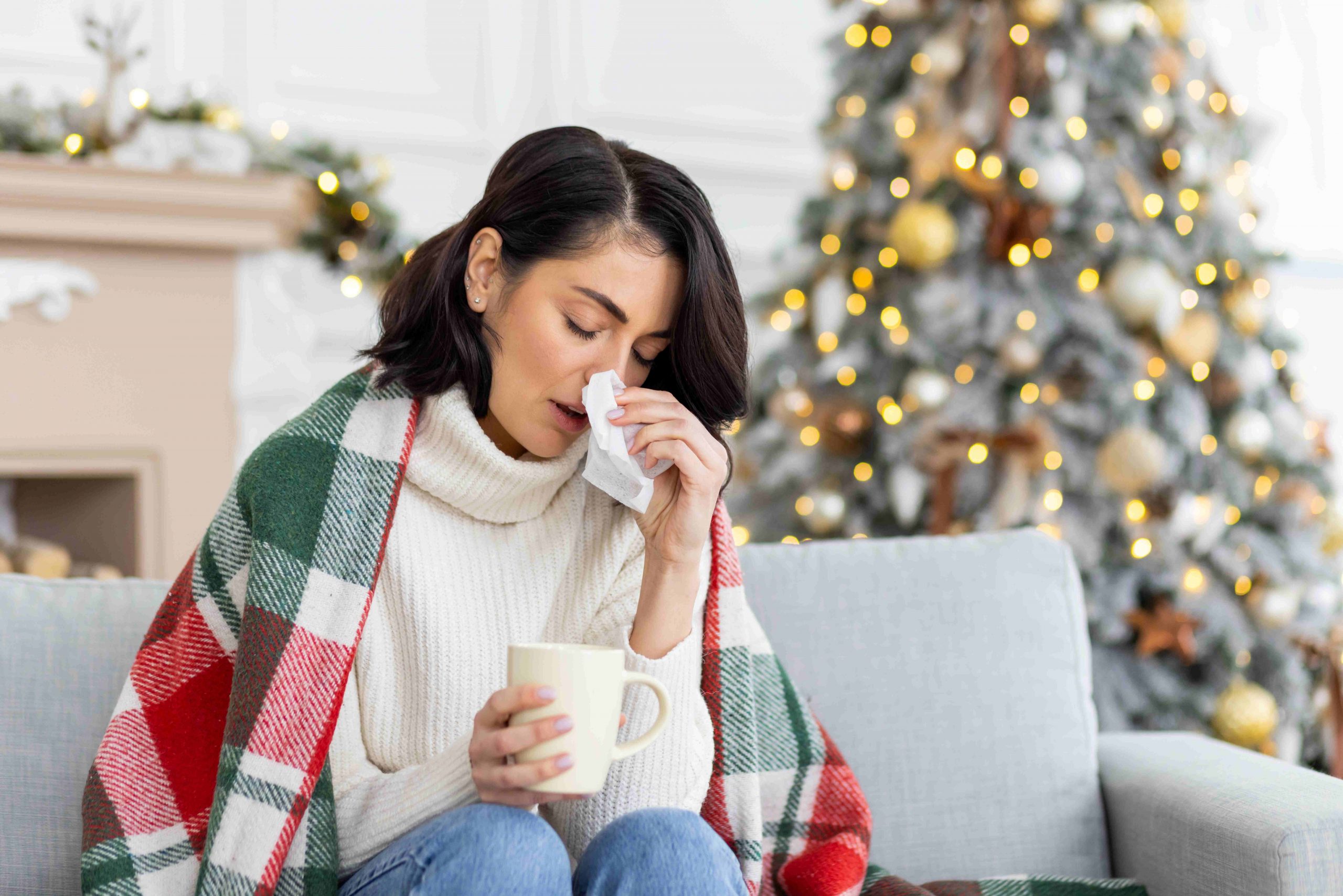As respiratory illnesses peak in all age groups around the holidays, scientists remind us of an old study published in the Annals of Allergy, Asthma and Immunology which examines the possibility that our Christmas trees may be causing allergic reactions, dubbed the “Christmas Tree Syndrome.”
Looking into the suspicious epidemic peaks of respiratory illnesses 1 week before and after Christmas, researchers found that the decorated boughs and branches of live trees carry up to 53 kinds of molds, 70 percent of which can cause symptoms such asthma attacks, sneezing, sinusitis, cough, runny or stuffy nose, sleep disturbances, and fatigue.
Such fungi grow naturally on trees, so when they are brought inside houses the warm temperatures provide the perfect environment for them to rapidly multiply, increasing as much as six-fold in just two weeks.
Naturally, a live tree is more likely to have such an effect compared to a fake one. However, even artificial trees, especially those stored all year long in the attic or basement, can accumulate significant amounts of dust and other particles, which when released upon unpacking, might cause similar symptoms.
Nevertheless, there are ways to prevent or minimize the unwanted presence of the organisms.
Clean the tree: Shake it out well in an outdoor area, before bringing it inside. Rinse it with water, and then let it dry completely to prevent moisture from remaining.
Clean all decorations: Dust out and wash the garlands, Christmas balls and other ornaments before placing around the house.
Buy an air-purifier: Place the device in the room where the Christmas tree is to trap allergens before they reach the respiratory tract.
Opt for an “alternative” tree: Search the web for creative holiday DIY ideas.




